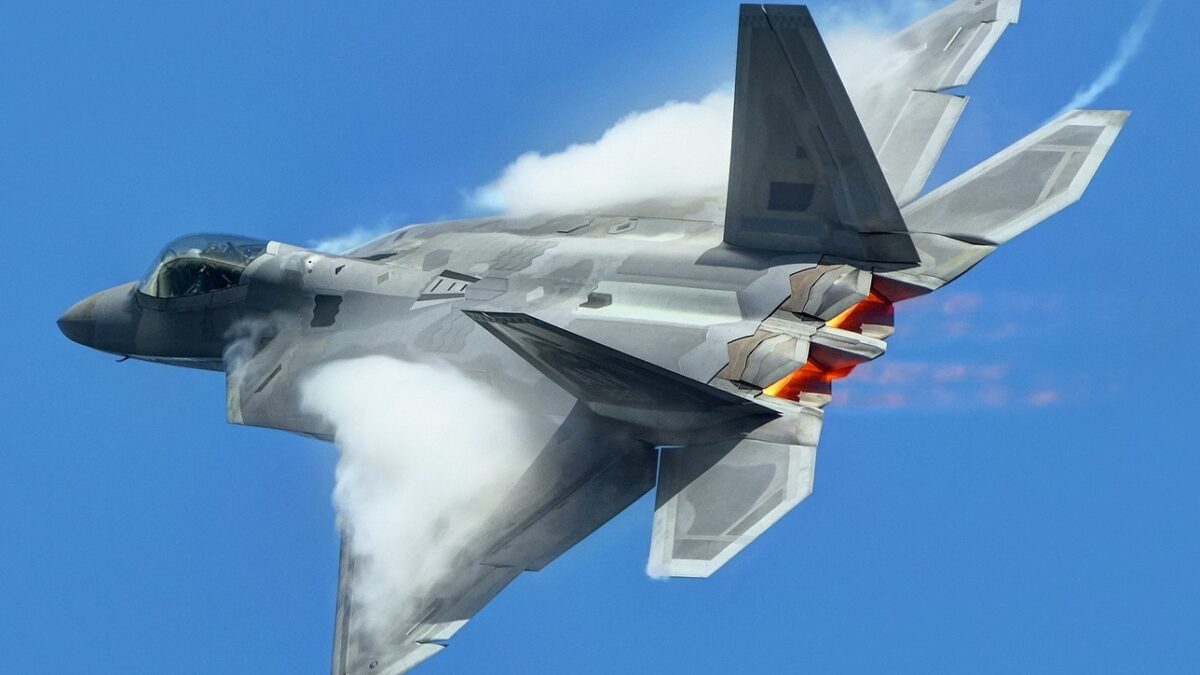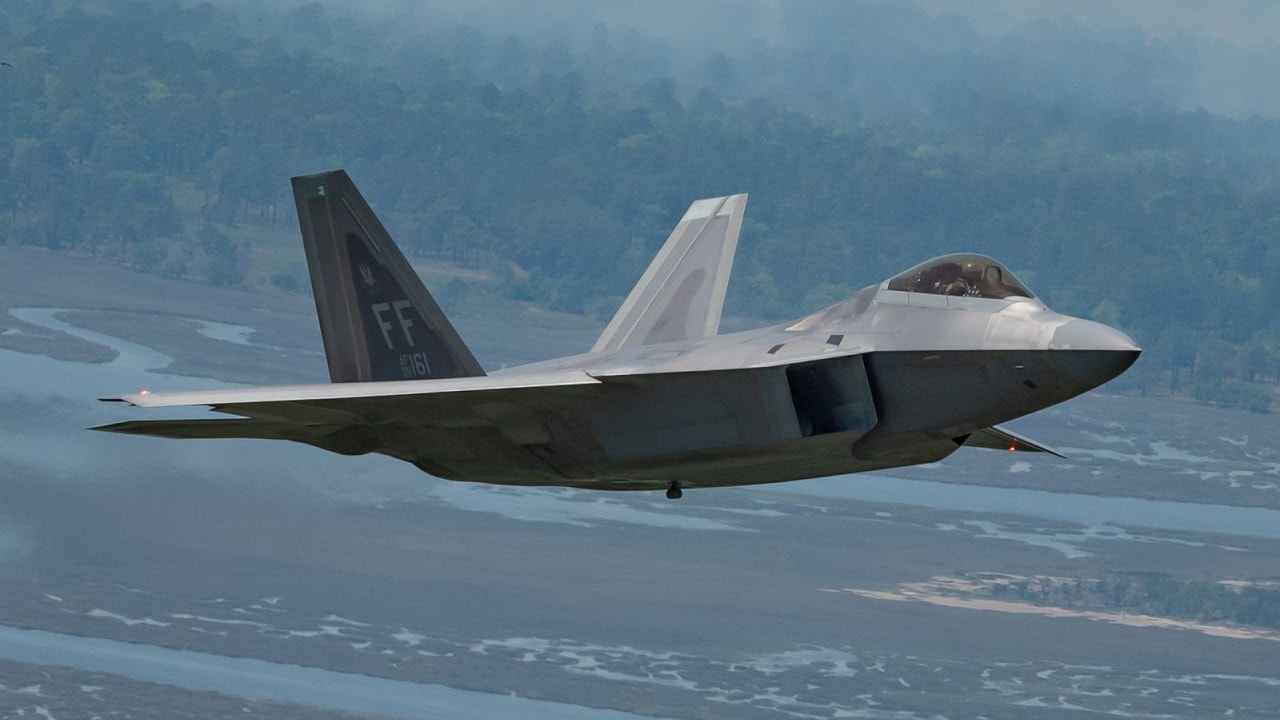The Air Force Just Upped the Game in the Middle East with F-22s: The Pentagon and the White House are taking seriously the conflict between the United Arab Emirates and Iran-backed Houthi rebels and raising the stakes. In a surprise development, the Air Force is sending a squadron of F-22 Raptors to the theater. The US Navy’s USS Cole will also make an appearance. There is already 2,000 American military personnel in Abu Dhabi, UAE, that are in the line of fire of the Houthis. The problem is potential Houthi drone attacks against Americans, and the F-22 can certainly overwhelm and eliminate unmanned aircraft. But is this a show of force or a combat deployment for the F-22s?
What Is the Situation Report?
The Houthi insurgents have been waging a war against the Saudi Arabia-led Arab coalition (of which the UAE is a part) for seven years. In January, the Biden administration considered re-designating the Houthis as a terrorist group after drone and missile attacks from the militants hit the UAE. In January, the UAE ambassador Yousef Al Otaiba called on President Biden to classify the Houthis as terrorists following recent attacks on the Abu Dhabi airport and a fuel storage center. A fuel truck blast there killed three people.
Americans In Danger
It appears the F-22s would protect Americans in the UAE who are already using Patriot air-defense interceptors to guard against Houthi missiles, which have been launched over the last two weeks. The U.S. personnel had to escape into bunkers during the Houthi missile attacks.
What Is the Congressional Role?
Biden will have to keep Congress apprised of the F-22 squadron deployment in accordance with the War Powers Act (War Powers Resolution), in which the president must inform Capitol Hill lawmakers within 48 hours of combat forces sent to war zones. These military assets cannot remain in harm’s way for more than 60 days without a Congressional authorization of military force. Congress can also vote to end a military deployment.
This happened in 2018 when the Senate voted to end the U.S. role in the conflict in Yemen that rebuked the policy of the Trump administration. The vote was 56-41 in favor of ending the U.S. role in hostilities against the Houthis. Senator Bernie Sanders of Vermont led the Democrats and Senator Mike Lee of Utah whipped Republican votes for the resolution. This was more of a symbolic vote because it would have had to pass the House and be signed by Trump.
Is the F-22 Playing Offense or Defense?
F-22s in the UAE could trigger another War Powers Resolution action by the House and the Senate. It would be difficult to consider the F-22 as just a defensive deployment that Congress would ignore. The F-22 is obviously a fighter-bomber that is configured for offensive operations.
The F-22s, however, could play an intelligence, surveillance, and reconnaissance role and send this data to command and control centers in Saudi Arabia or the UAE. The stealth fighter could also defend against Houthi drones. Will Congress allow these activities to be carried out in a war zone without triggering the War Powers Resolution?
This is not the first time F-22s have seen combat in the Middle East. In 2018, F-22s from the 94th Fighter Squadron out of Joint Base Langley-Eustis undertook 590 flights and dropped 4,250 pounds of ordnance over Syria.
Many Military Requirements Around the Globe
There is currently much on the White House and Congressional plates when it comes to international security. The Russia-Ukraine crisis is boiling and China’s designs on Taiwan are left to consider. ISIS is still operating in the Middle East and in Africa as well. The Houthi conflict adds to this toxic brew.

F-22. Image Credit: Creative Commons.
Another way to look at this situation is that the U.S. military has confidence in the F-22 as a multi-role fighter. This is a positive development for the future of the F-22. It also shows that the airplane can be deployed quickly to hot spots around the globe, which is what defense planners and designers envisioned in the first place.
Now serving as 1945’s Defense and National Security Editor, Brent M. Eastwood, Ph.D., is the author of Humans, Machines, and Data: Future Trends in Warfare. He is an Emerging Threats expert and former U.S. Army Infantry officer. You can follow him on Twitter @BMEastwood.

